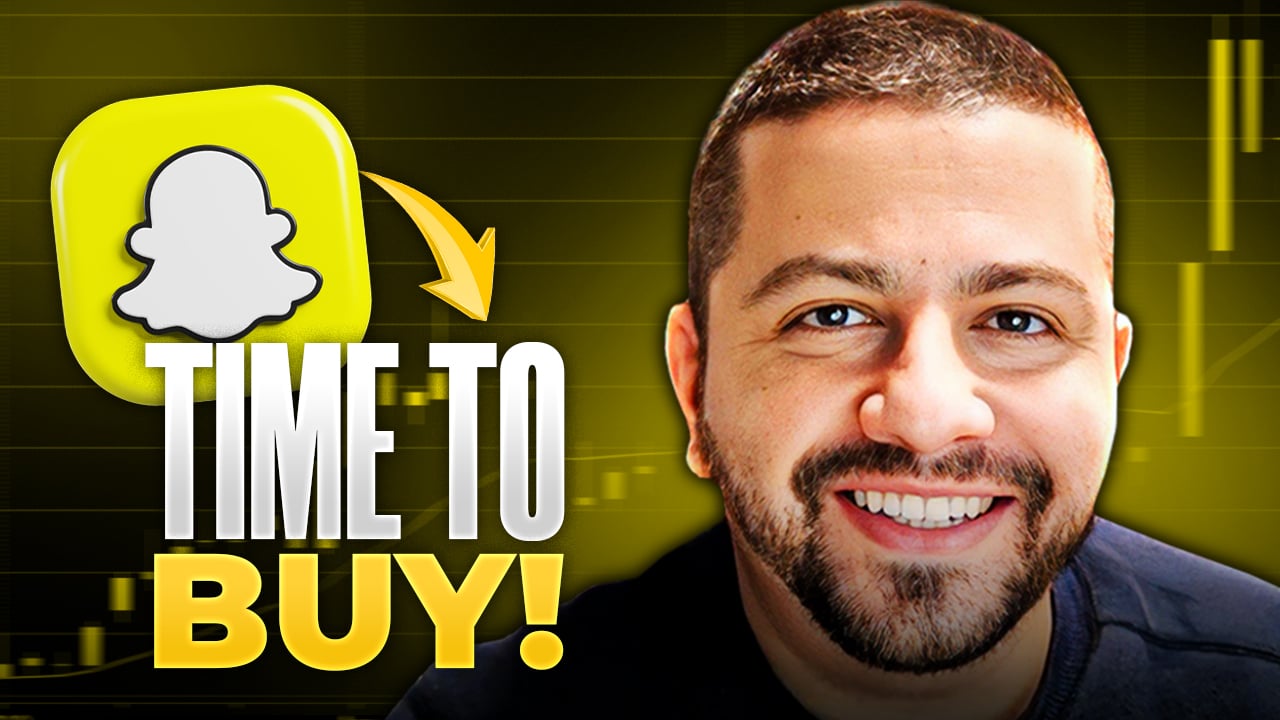Every day, Wall Street analysts upgrade some stocks, downgrade others, and "initiate coverage" on a few more. But do these analysts even know what they're talking about? Today, we're taking one high-profile Wall Street pick and putting it under the microscope...
All of a sudden, investors love Snap (SNAP +0.51%) stock again.
Shares may only be treading water over the past 52 weeks, up less than 6% and barely matching the S&P 500's performance. But that's already a big change from what we saw in 2018, when a shrinking user base and rising competition from Facebook (and losses) combined to cut Snap stock by more than half. This year, an improved Android app and continued rising revenue have combined to make Snap investors whole on those losses of yesteryear -- and send the stock up 150%.
Also helping the Snapchat operator has been a reversal of opinion on Wall Street, which has gifted the company with high-profile upgrades recently.

Image source: Snap.
Time's running out
In just a few hours -- after close of trading later today -- Snap is due to report its fiscal Q2 2019 earnings and prove those analysts right (or wrong). And betting on the former -- and perhaps realizing there's little time left to place that bet -- this morning two more Wall Street bankers rushed to scribble their names in Snap's buy column in hopes of being proven prescient when earnings come out.
Rosenblatt and Stifel Nicolaus are both mostly saying the same things today.
Rosenblatt: "[M]odest ARPU tailwinds from new ad products and video content" are expected to lift Snap's sales numbers in the "near-term." Currently, Snap collects far lass average revenue per user (ARPU) than its rivals in social media do, "providing room to comfortably double by CY23E."
So even if users don't grow much at all, there's reason to hope that Snap's revenue will as the company squeezes more and more revenue from the customers it's already got. This has Rosenblatt thinking that Snap is a buy and probably worth about $18 a share -- 25% more than it costs today.
Stifel: "[I]mproving DAU / pricing trends" -- i.e., more users using Snapchat more often, and Snap charging more money to advertise to them -- will combine to create that ARPU growth that Rosenblatt is talking about.
Don't read too much into the timing
Notably though, despite rushing out its upgrade right before Q2 earnings, Stifel pointedly does "not currently forecast a reacceleration in revenue growth," instead warning investors to expect "noise related to a significant sales force reorg." in the quarter.
Rather than in Q2, the analyst points investors to "the next several quarters" as more likely to show sales growth "as the company continues to expand its advertiser base, foster engagement with premium monetizable content ... and improve engagement / retention on Android devices (particularly in emerging markets)."
It's these factors, which will materialize only over time, that will justify the price gains we've seen in Snap shares so far this year -- and the gains to come, according to the analyst. Stifel set a $17 price target on the stock and upgraded it to buy.
The trouble with timing
So is Stifel just hedging its bet here? Trying to get credit for having Snap stock rated buy before a great earnings report lifts the shares, while at the same time protesting that it never actually predicted great earnings in case the report disappoints?
I admit -- it does kind of feel like that's what Stifel is doing. But I think you also need to view these analysts' ratings in context: The numbers that Snap reports tonight may be worse or better than expected, but either way, they're probably going to be awful.
Sure, for several years running, Snap has put up terrific revenue growth numbers. Sales grew 20 times in size from 2015 through 2018. And yet, the company has never earned a profit or generated positive free cash flow. And that's not likely to change today. Indeed, according to a survey of estimates collated by S&P Global Market Intelligence, most analysts agree Snap will remain free-cash-flow negative through 2020 at least -- and probably not earn its first GAAP profit before 2023.
What it means to Snap investors
If investors are forced to wait as long as four more years to get good news on Snap earnings, Wall Street needs to find something else about the company to keep enthusiasm alive -- and keep the momentum going. Rosenblatt and Stifel Nicolaus's upgrades therefore focus on more on the trend improving (more daily active users, and greater average revenue per user) to provide evidence that they'll be proven right about the stock in the long term.
In the meantime, and tonight in particular, investors will have to decide: Do you need to see Snap profitable now to like the stock, or is simply hoping that the company will turn profitable eventually enough for you?
Your answer to that question should determine whether Snap stock looks like a buy to you, too.






